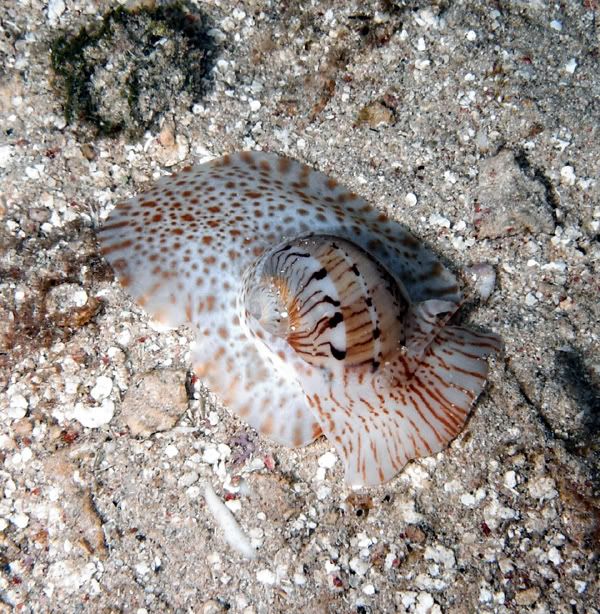vondo
Contributor
Layers on film vs side by side pixels in digital.
The equivalent to layers in film would be a single pixel that reacted like the layers of film to a single point of light. The side by side arrangement of the pixels we have now produces a different look than the single spot of light on the layers of film. I think the single spot exposure on something that is layered produces a truer representation than 3 pixels picking up light from 3 close but not exact points of light. These three channels are then combined to produce the digital image. A single point of light that would cause a single pixel to react to all wavelengths would be more like film and "smoother" rather than "harsh" as the OP was observing. This is what I was addressing.
The value of the color would be dependent on the quality and properties of the pixel just like different types, formulations, and manufacturers of film made images turn out slightly different. This would effect saturation and other color related parameters, which I was not addressing.
There are sensors that work this way. The Foveon sensor in Sigma dSLRs does this.








